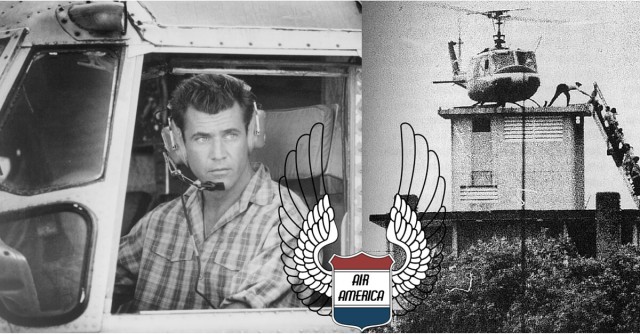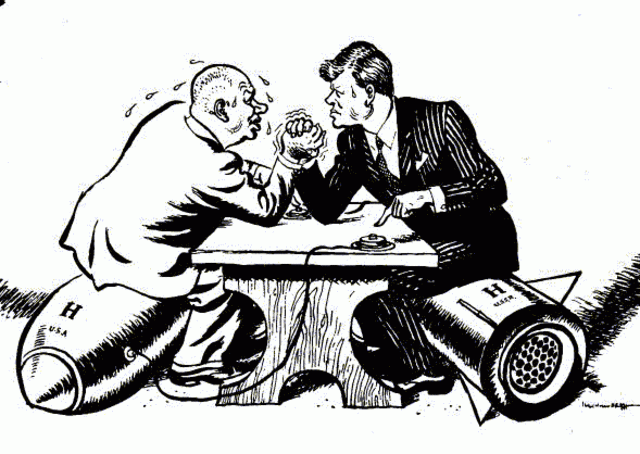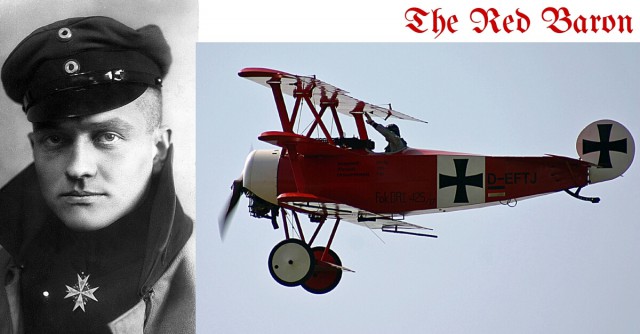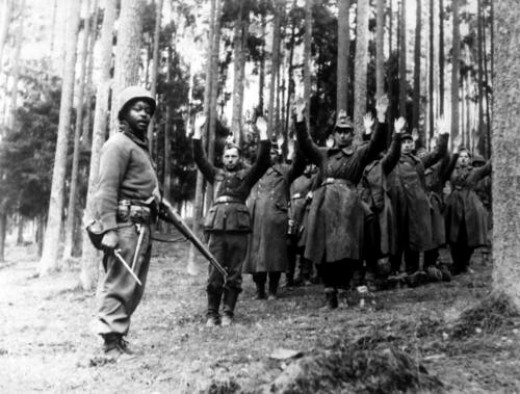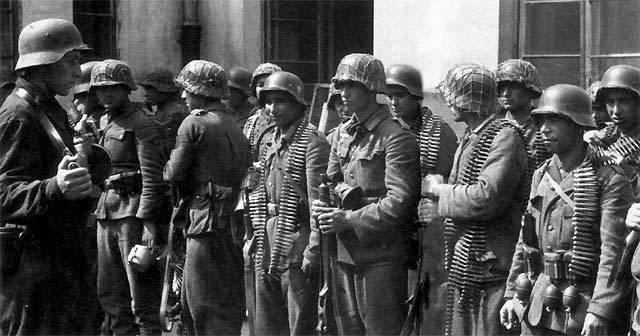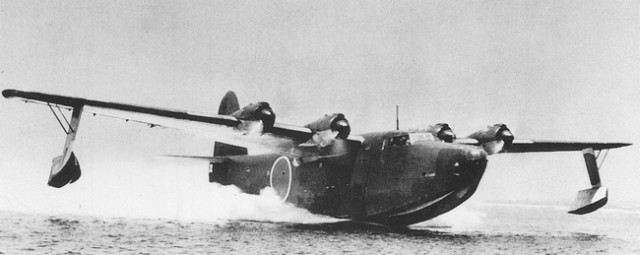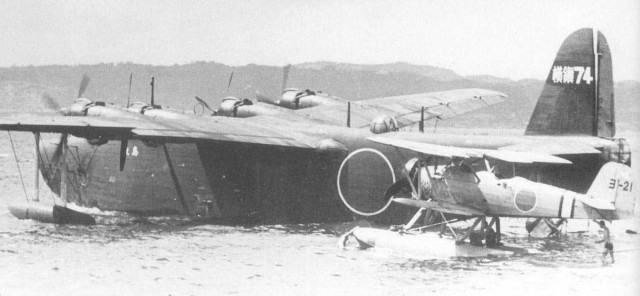
The first mass-produced British tank.
Being,
in terms of numbers, the Vickers Light was the most significant British
tank at the outbreak of war, the Mark VIB saw service with the British
Expeditionary Force in France, the Eighth Army in North Africa and in
various subsidiary theatres. As a reconnaissance vehicle it was
satisfactory, as a fighting tank quite useless since armour protection
was minimal and the armament ineffective against enemy tanks.
When
the Battle of France began in May 1940, the majority of the tanks
possessed by the British Expeditionary Force were Mark VI variants; the
seven Royal Armoured Corps divisional cavalry regiments, the principal
armoured formations of the BEF, were each equipped with 28 Mk VIs.The
1st Armoured Division, elements of which landed in France in April, was
equipped with 257 tanks, of which a large number were Mk VIB and Mk
VICs. The 3rd Royal Tank Regiment, which formed part of the division’s
3rd Armoured Brigade, possessed by this time 21 Mark VI light tanks.
www.warhistoryonline.com
The
Mk VIB was also used in the North African campaign against the Italians
late in 1940 with the 3rd Hussars and the 7th Armoured Division. Late
in 1940 the British had 200 light tanks (presumably the Mk VIB) along
with 75 cruiser tanks (A9, A10, A13) and 45 Matilda IIs. An attack by
the 3rd Hussars on 12 December 1940 resulted in the tanks getting bogged
down in salt pans and severely mauled. The 7th Armoured Division had
100 left on 3 January 1941 and 120 tanks on 21 January at which time
they were used in flanking far into the rear and gathering up scattered
Italian troops, sometimes joining or leaving the main attacks to the
Cruiser and Matilda II tanks. The 2nd RTR continued to battle the
Italians with light tanks as late as 6 February 1941.
Being widely
used by the British Army, the tank participated in several other
important battles. The Mk VIB made up a significant amount of the tanks
sent over to the Battle of Greece in 1941, mostly with the 4th Hussars.
Ten Mk VIB tanks fought with the 3rd The King’s Own Hussars during the
Battle of Crete. The same armoured unit had previously embarked three MK
VIB tanks for the Norwegian Campaign but they were lost in transit to a
German aircraft attack.


.jpg)


